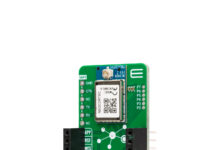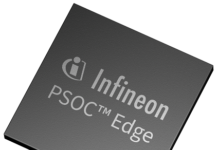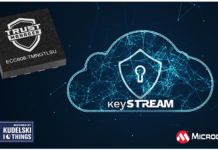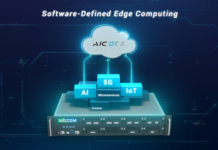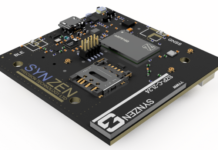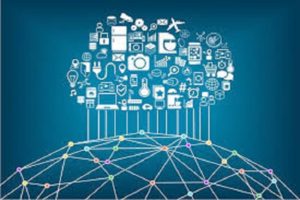
Ours is a connected world. The tsunami of IoT devices has come to our homes, workplace, to industries, and to the projects we manage, to the products we create. Projects today are now transformed to include complex combinations of sensors, hardware, software, data storage, and multiple protocols of connectivity. Projects no longer operate in isolation but are part of a large ecosystem.
Making the Agile Connection:
Today’s products must be designed with interconnection and interoperation in mind. It is no longer build it and forget it; it is build it and continuously improve it. Product development is consumer driven and to be successful we need to seek proactive feedback as early as possible and adapt to them. Agile principles help to improve the quality and cycle time to accelerate innovation and embrace change.
Let’s see why the combination of innovation and agility is essential to leverage the “POWER OF THE THING” to win in this highly competitive market.
Device, connections and standards:
IoT is about the new frontier of networked devices. With newer devices being connected, our products must be able to integrate them as well as be in compliance with the surge of government regulations that mandate levels of security and reliability of these devices. With newer devices being added to the IoT and IoE ecosystems, newer connectivity protocols will emerge. Our products and product development methodologies must be able to adapt in order to adhere to these standards.
Business Models:
IOT is changing the way the business operates, there is much greater leasing of products (not just selling them outright but, shifting to a product-as-a-service model) and subscription and use based payments, there are increasing service business (support and repair) because product use by customers can now be monitored and failures can be predicted and rectified proactively. To be relevant in the IoT era we must be able to modify our products to support these newer business models.
Data integration and insights:
IoT data is voluminous and diverse; our systems should be able to seamlessly integrate this data with the backend systems. Our products must learn, innovate and adapt, based on the product use data and the data that is emitted due to interactions between the things in the IoT ecosystem.
Ecosystem:
According to Mckinsey 40% of all the potential value associated with the Internet of Things requires interoperability between IoT systems. As newer systems come into place, our products must be agile enough to ensure they interface seamlessly with these emergent systems.
Possibilities are limitless with IoT: creating new opportunities for information gathering and turning them into insights, outcomes, and sharing. Agile and continuous delivery practices are ideal to help us adapt this culture of learning, testing, and experimenting to achieve these outcomes.
Authored By: Priya Patra (Program Manager Capgemini)
Source: www.capgemini.com



